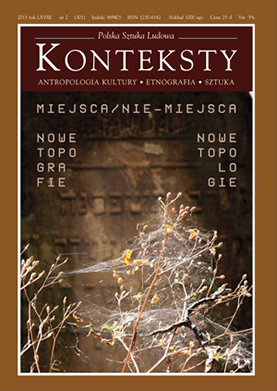Zapełnianie pustki. Muzeum i paradoks upamiętnienia
The Filling of Emptiness. A Museum and the Paradox of Remembrance
Author(s): Aleksandra JanusSubject(s): Anthropology
Published by: Instytut Sztuki Polskiej Akademii Nauk
Keywords: Berlin; Jewish Museum; Libeskind; monument; memory
Summary/Abstract: The Jewish Museum in Berlin designed by Daniel Libeskind is sometimes treated as an example of counter-memorial architecture. According to James E. Young, the author of the term, the counter-monument is to be an answer to the challenge of creating memorial representations of the Holocaust: its task is chiefly to commemorate the absence of the victims and the void left behind by them in such a way so that obliteration would become impossible. More, the counter--monument is to become a space of remembrance de-signed so as to challenge the very idea of a monument and well-worn strategies of remembrance. The negative field of reference for the conception of the counter-monument consists predominantly of all monuments erected to commemorate the events of both world wars. The Jewish Museum in Berlin certainly eradicates boundaries between the traditionally comprehended museum and the monument although the monumental building designed by Libeskind appears to be at odds with numerous postulates of the counter-monument qualities defined by Young. By referring to other examples of counter-memorial architecture, the conception proposed by Young and texts criticising it, the presented article attempts to demonstrate that by creating a monumental representation of the plight of the German Jews and by trying to include emptiness, silence and absence in the architectural construction of the building Libeskind produced a closed, complete, and finite museum monument rather than a counter-monument.
Journal: Konteksty
- Issue Year: 2013
- Issue No: 02
- Page Range: 89-97
- Page Count: 9
- Language: Polish
- Content File-PDF

